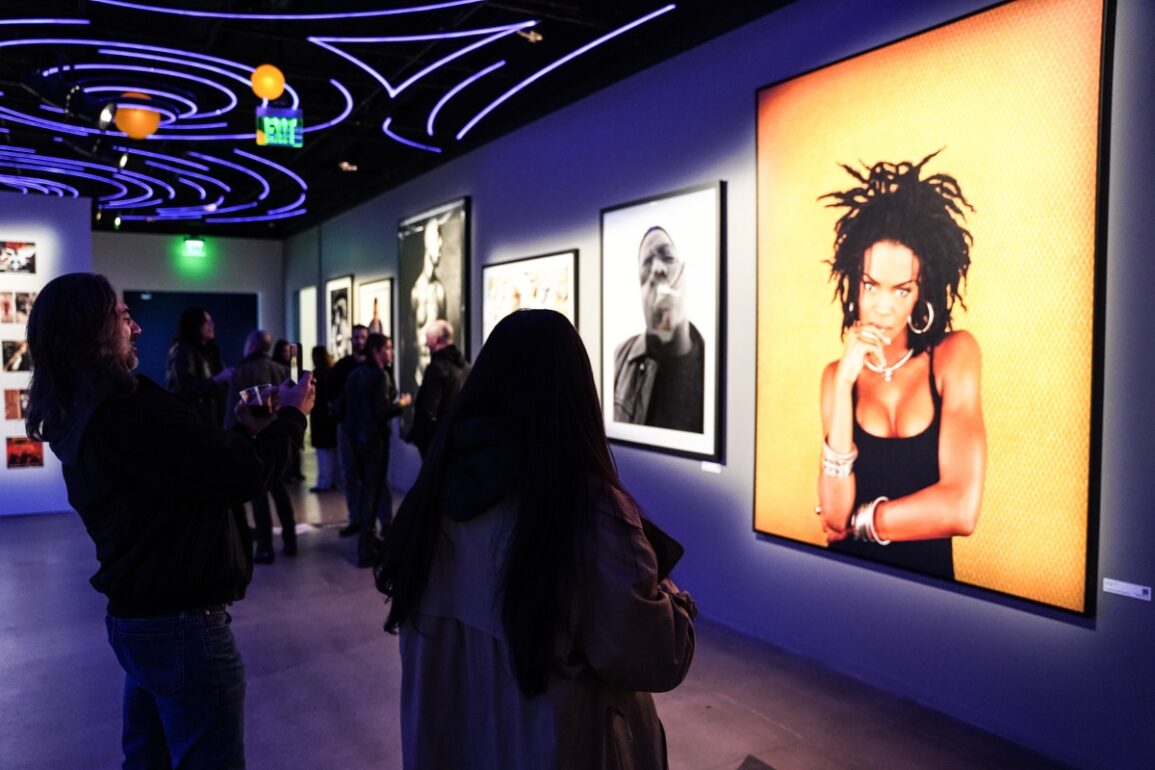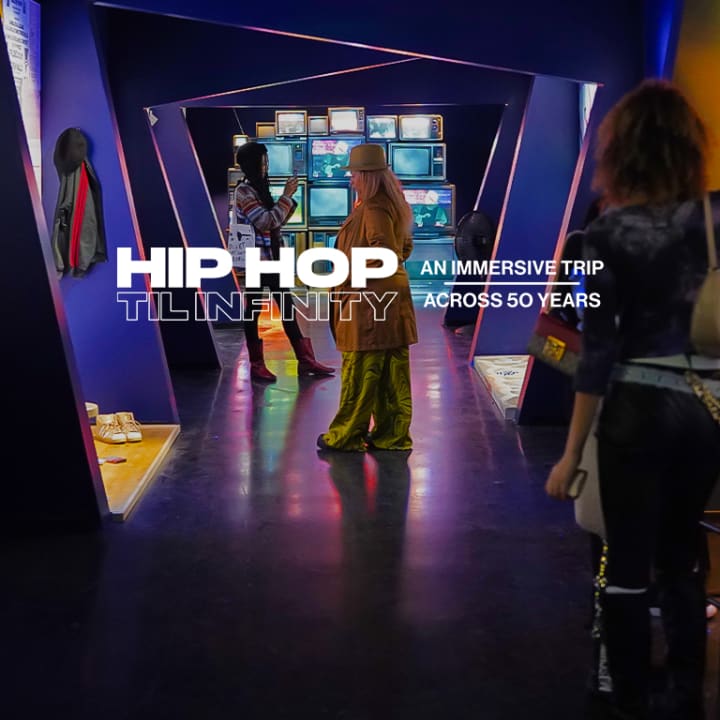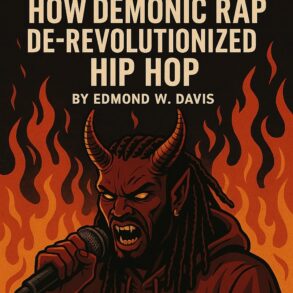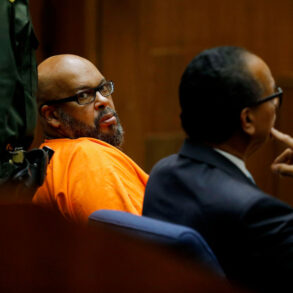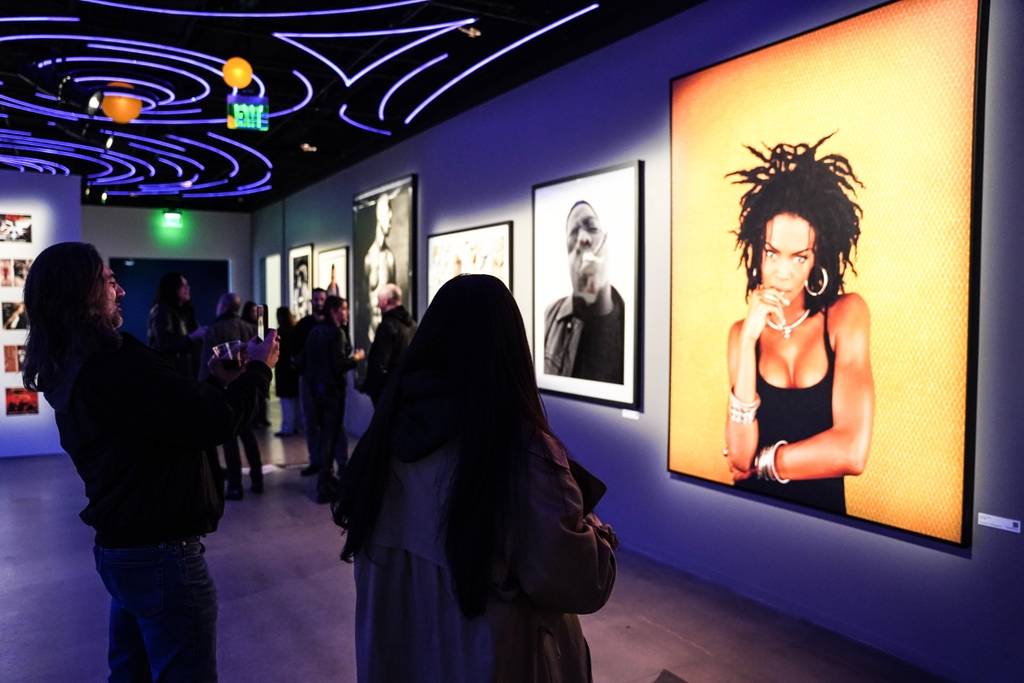
Hip Hop Til Infinity is celebrating 50 years of creativity and artistry at its expansive exhibit open now at 6400 Sunset Blvd. So to get you prepped for the expansive collection of artifacts, photography, and memorabilia, let’s take a look at a quick history of Hip Hop, from Jamaica to the West Coast.

It All Started With The Jamaican Sound System
New York may be the birthplace of Hip Hop, but its creators’ inspiration comes outside the United States, from Puerto Rico and the West Indies.
At Hip Hop Til Infinity, a stunning film projected in 360 degrees will take you through the genre’s history. The film credits the “Jamaica sound system” as being one of the first truly recognizable progenitors of what would go on to become Hip Hop.

A sound system in 1940s-50s Jamaica was similar to what we would today call a block party: a bunch of DJs, engineers, MCs, and massive walls of speakers.
At the time, Jamaican radio stations were modeled after the British Broadcasting Company (BBC). This meant that local genres of music such as reggae were rarely, if ever, played.

So Jamaicans turned to sound systems and dance halls playing reggae, ska, and rocksteady. The parties became so popular that they were often attended by thousands of people.
These sound systems were most popular in Kingston, Jamaica in the 1960s, which was exactly the time and place where Clive Campbell—better known as DJ Kool Herc—was born.
DJ Kool Herc, The Record Break, & The Birth Of Hip Hop
DJ Kool Herc grew up attending these sound systems and dance halls in Jamaica. Though he’s stated that his love of James Brown had a greater effect on his music than Jamaica, his introduction of elements of the Jamaican sound system to America were massively influential to Hip Hop.

For example, Herc started rhyming his toasts, which were short and often comedic speeches DJ’s would say over their music they played. This tradition of Jamaican toasting (combined with MCing) was the beginning of rap.
But DJ Kool Herc’s most significant contribution to Hip Hop was a style he developed on his own, called the “break.” In the reggae, R&B, and other music that Herc played, there were often percussive sections that were favored by those dancing at these parties.
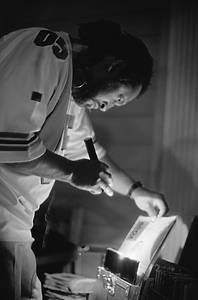
Herc would take two versions of the same song and cue both to the start of this section. After one “break” ended, he would switch to the other record at the top of the break and do the same thing after that one ended. This, as journalist Jeff Chang puts it in his 2005 book Can’t Stop Won’t Stop: “[extended] a five-second breakdown into a five-minute loop of fury.”
DJ Kool Herc built on this idea, using breaks from multiple records to keep the beat going as long as possible. And all the while he was toasting over the music, performing what is recognized as the first Hip Hop set in 1973, 51 years ago.
Sylvia Robinson, “Rapper’s Delight,” & “King Tim III”
DJ Kool Herc’s style quickly inspired artists like DJ Disco Wiz, Grandmaster Flash, and Afrika Bambaataa. And while DJ Disco Wiz is credited as the first to create a Hip Hop mixed dub recording (a track consisting of sound bites, special effects and paused beats), it’s Sylvia Robinson who brought about what’s considered by many to be the first commercial Hip Hop song: “Rapper’s Delight.”
But before we talk about “Rapper’s Delight,” we have to talk about “King Tim III (Personality Jock).” There’s a lot of controversy over whether “Rapper’s Delight” or “King Tim III” is the first Hip Hop song, as “King Tim III” (March, 1979) preceded “Rapper’s Delight” (September, 1979) but was not as popular. So suffice it to say that where “King Tim III” marks the start of recorded Hip Hop, “Rapper’s Delight” was the first to introduce the general public to the genre.

Whether you’re just a casual Hip Hop listener or a die-hard fan, you’ve almost certainly heard “Rapper’s Delight.” The creation of the Sugarhill Gang, the looping Chic sample that serves as the beat, and even the structure of the song itself is thanks to Sylvia Robinson, a singer (you may know her Mickey & Sylvia song “Love is Strange” re-popularized in Dirty Dancing), producer, and label executive now known as the “Mother of Hip Hop.”

Hip Hop Goes West
It didn’t take long after DJ Kool Herc first debuted his “break” style for Hip Hop to come to the West Coast. And one of the most important factors in the spread of all the West Coast Hip Hop to come in the 80s was 1580 KDAY AM, the first radio station in the world to play rap & Hip Hop 24 hours a day.
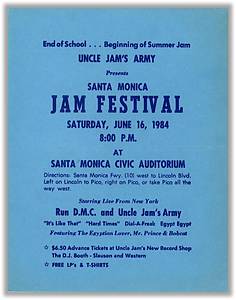
Several proto-rap groups and early DJ collaborations had already started to pop up in LA in the late 70s, such as the Watts Prophets, Unique Dreams, World Class Wreckin’ Cru, and Uncle Jamm’s Army.
Two of these groups—World Class Wreckin’ Cru and Uncle Jamm’s Army—were started by Alonzo Williams and Rodger Clayton, respectively. They are perhaps the most notable, as they included members like Dr. Dre, DJ Yella, Ice-T, The Unknown DJ, Egyptian Lover, and Kid Frost.
If it weren’t for Alonzo Williams (whose label Kru Cut Records had signed Ice Cube’s early rap group The Stereo Crew, later C.I.A.) and Rodger Clayton, we may have never wound up with the seminal gangsta rap group: N.W.A.
N.W.A.
Shortly after Eazy-E co-founded Ruthless Records and set out to make a rap group, he came into contact with Dr. Dre. Eazy-E brought onboard songwriter and rapper Ice Cube, who he’d already purchased songs from in the past.

Ice Cube brought with him Arabian Prince, and later Dr. Dre added DJ Yella. Ruthless Records solo artist MC Ren was asked to join, and N.W.A. was born in 1987. But this original group was short-lived, with Arabian Prince leaving the following year after the release of Straight Outta Compton and Ice Cube leaving the year after.

Even though copyright, royalty, and personal disputes affected the group’s later years, Straight Outta Compton remains one of the biggest rap albums of all time and N.W.A. helped artists like Ice-T and Too Short solidify West Coast Hip Hop as a legitimate rival to the East Coast style.
Celebrating 50 Years Of Hip Hop Speaking Truth To Power
Grandmaster Flash and the Furious Five’s 1982 hit “The Message” was one of the first widely successful songs to address social issues within its lyrics:
“Got no money to move out, I guess I got no choice
Rats in the front room, roaches in the back
Junkies in the alley with a baseball bat
I tried to get away but I couldn’t get far
‘Cause a man with a tow truck repossessed my car.”

This sense of social consciousness has only grown in Hip Hop, continuing with artists like Common, Mos Def, Talib Kweli, Noname, J. Cole, and so many more.
Whether addressing classism, racism, sexism, or existential questions about love and life itself, Hip Hop has a streak of boldness and raw truth that often draws undeserved criticism from the media.

Many artists, such as N.W.A. and Kendrick Lamar, even include these criticisms on their albums to underscore their frustration with these condemnations.
As DJ Yella says on N.W.A.’s “Live Intro”: “N.W.A’s Straight Outta Compton Video banned by M.T.V / N.W.A’s music banned by most Black Radio Stations / N.W.A. is criticized and for what? Telling it like it is…”

And on his album DAMN, Kendrick Lamar samples Fox News reporter Geraldo Rivera stating that “[H]ip hop has done more damage to young African Americans than racism in recent years.”
Chuck Philips addresses this alarmist criticism of Hip Hop in his 1992 article “The Uncivil War : The battle between the Establishment and supporters of rap music reopens old wounds of race and class”:
“Many Black rappers—including Ice-T and Sister Souljah—contend that they are being unfairly singled out because their music reflects deep changes in society not being addressed anywhere else in the public forum. The white politicians, the artists complain, neither understand the music nor desire to hear what’s going on in the devastated communities that gave birth to the art form.” —Chuck Philips.

There’s So Much More To Discover At Hip Hop Til Infinity
How could I have left out Tupac? Biggie? Nipsey Hussle, Public Enemy, Missy Elliott, Nas, Eric B. & Rakim, De La Soul, and A Tribe Called Quest? How could I not touch on Outkast and all of Atlanta’s rap scene?
The truth is, to really appreciate Hip Hop’s rich 50 year legacy and all of its subgenres, you need a veritable museum to the culture. Luckily, one just opened on Sunset Boulevard.

Hip Hop Til Infinity touches on many of the movements above, tracing the genre’s evolution from Jamaica to today. But it goes far further, looking at Southern rap, the Internet era, and exploring other Hip Hop mediums like photography and fashion.
Of course, there’s a significant emphasis on West Coast Hip Hop, with an entire room dedicated to Snoop Dogg’s Doggystyle and photos taken by the legendary Estevan Oriol.
So dive even deeper into Hip Hop’s past, present, future, and legacy by getting your tickets to Hip Hop Til Infinity today, open now at 6400 Sunset Blvd!
This post was originally published on this site be sure to check out more of their content.



